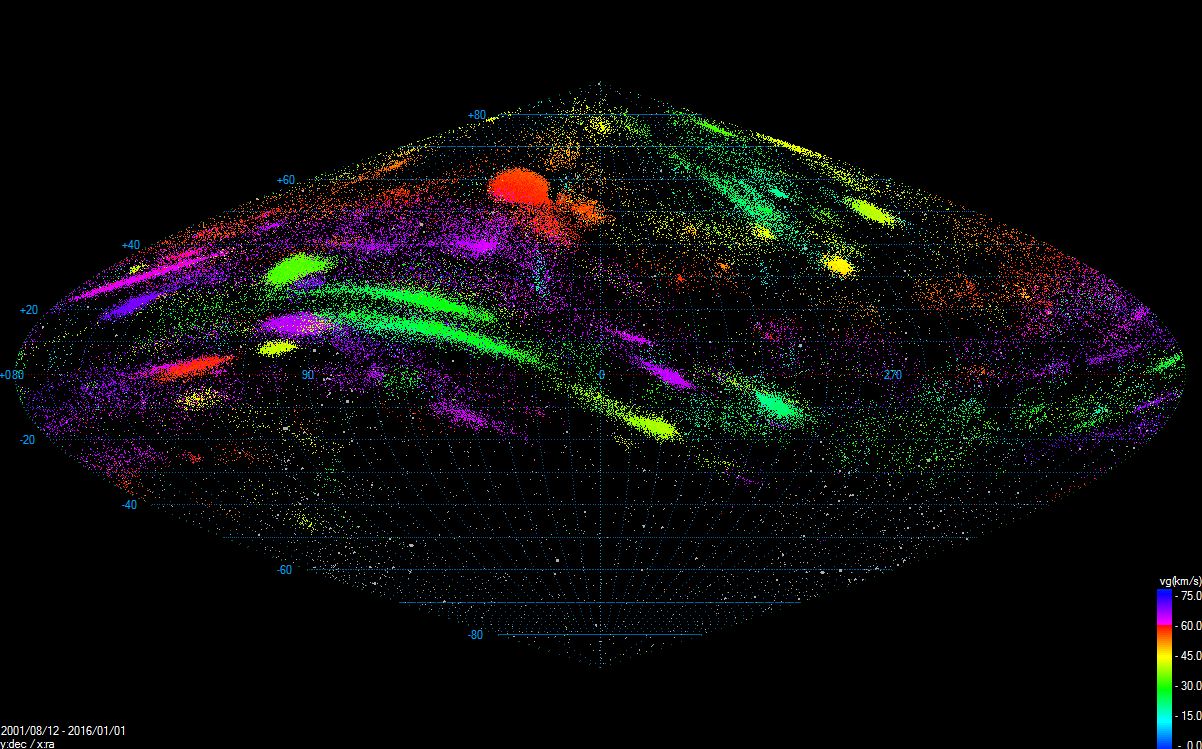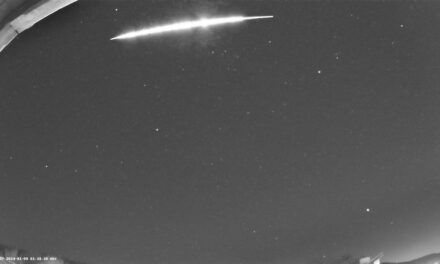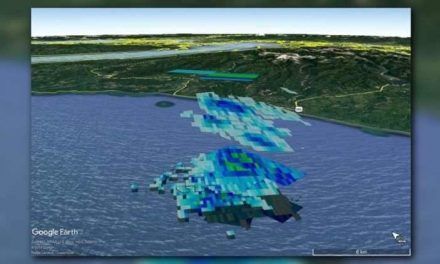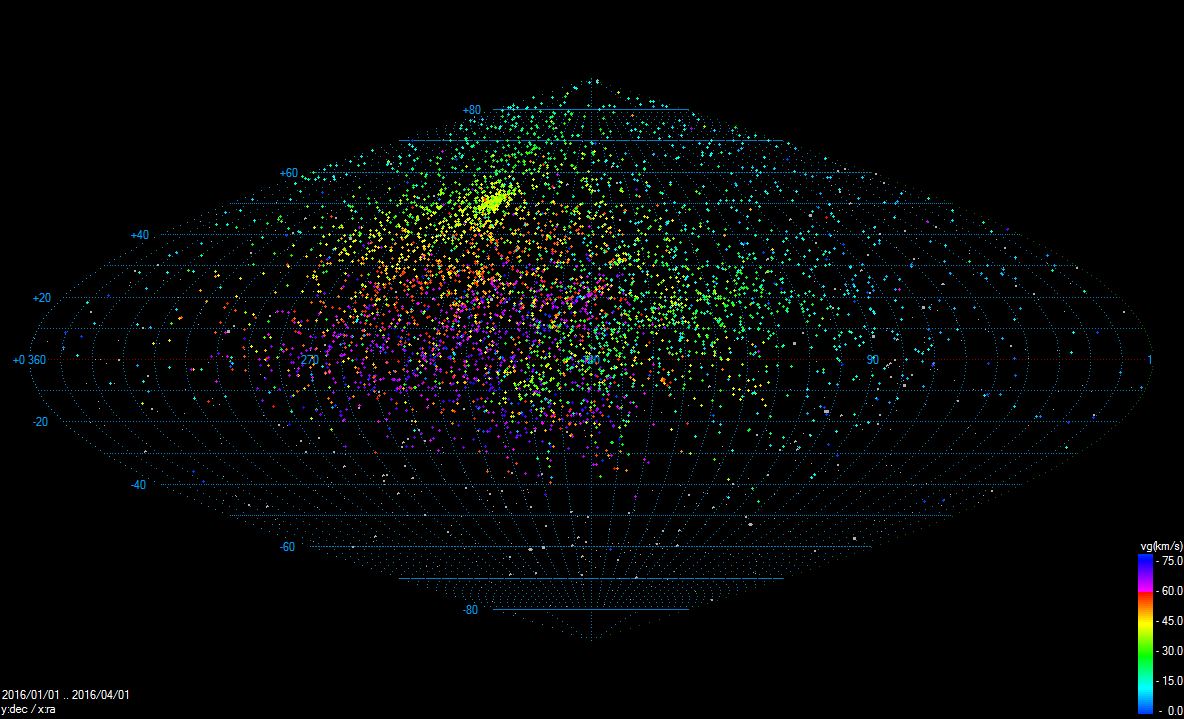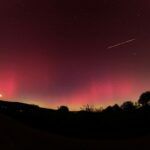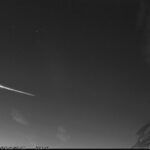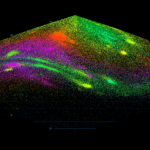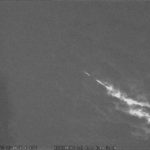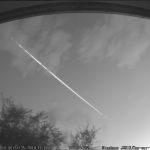Roberto Gorelli points our attention to the recent publication of a very interesting paper: “Modeling the measurement accuracy of pre-atmosphere velocities of meteoroids” by Denis Vida, Peter G. Brown and Margaret Campbell-Brown. The paper has been accepted on 2018 July 7 for publication in the Monthly Notices of the Royal Astronomical Society.
Many existing optical meteor trajectory estimation methods use the approximation that the velocity of the meteor at the beginning of its luminous phase is equivalent to its velocity before atmospheric entry. Meteoroid kinetic energy loss prior to the luminous phase cannot be measured, but for some masses and entry geometries neglecting this loss may lead to non-negligible deceleration prior to thermal ablation. Using a numerical meteoroid ablation model, we simulate the kinematics of meteoroids beginning at 180 km with initial velocities ranging from 11 km s−1 to 71 km s−1 , and compare model velocities at the moment of detection to measurements. We validate the simulations by comparing the simulated luminous beginning heights with observed beginning heights of different populations of meteors detected with different optical systems. We find that most low-velocity meteoroids have a significant velocity difference of 100 m s−1 to 750 m s−1 (depending on meteoroid type, mass, and observation system). This systematic underestimate of meteoroid speeds also results in systematically lower semi-major axes for meteoroid orbits.
The article can be downloaded from: https://arxiv.org/pdf/1807.03213.pdf
Older meteor library news:
2017
- The Mayas and Eta Aquariids in AD 250-909, by J.H. Kinsman and D.J. Asher (31 July 2017).


